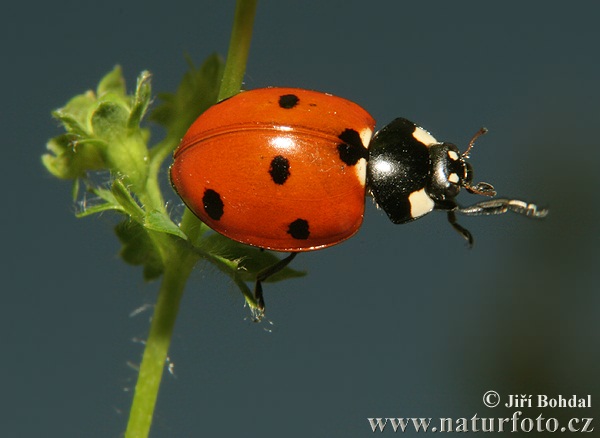

#Coccinella sp code
The 4-H Name and Emblem have special protections from Congress, protected by code 18 USC 707. Reference to commercial products or trade names does not imply endorsement by MSU Extension or bias against those not mentioned. This information is for educational purposes only. Quentin Tyler, Director, MSU Extension, East Lansing, MI 48824. Issued in furtherance of MSU Extension work, acts of May 8 and June 30, 1914, in cooperation with the U.S. Michigan State University Extension programs and materials are open to all without regard to race, color, national origin, gender, gender identity, religion, age, height, weight, disability, political beliefs, sexual orientation, marital status, family status or veteran status.
#Coccinella sp full
MSU is an affirmative-action, equal-opportunity employer, committed to achieving excellence through a diverse workforce and inclusive culture that encourages all people to reach their full potential.
#Coccinella sp pdf
Lenhard, Louisiana State University, image 0014174, Print a PDF of this page: Natural enemies - Beetlesīack to IPM scouting in woody landscape plants. This family of insects (Pentatomids) also contains plant feeders (look for downward-facing mouthparts for plant feeders).Īdult spined soldier bug. Spined soldier bugs - Both nymphs and adults of Podisius maculiventris, shown here, feed on caterpillars, beetle larvae, and other insects. They use their long beaks to stab prey, inject a digestive enzyme, and suck out the predigested body contents. They vary from green to brown in color, and range in size from 12 to 36 mm long. They have long, narrow heads, and raptorial front legs for grasping prey. They feed on aphids, mites, thrips, small caterpillars and leafhoppers.Īssassin bugs - Both nymphs (shown here) and adults are predators on a variety of insects. Only a few families are listed.ĭamsel bug - These true bugs look similar to assassin bugs, but are dull colored (gray, brown or yellowish) and smaller-usually less than 10 mm long. Predators may also have enlarged front forelegs with spines for grasping prey. All true bugs have sucking mouthparts, formed into tubular beaks, which predators extend forward to stab their prey. Billings, Texas Forest Service, image 3226045, True bugs - There are around 21 different families of true bugs that contain predators. feeds on gypsy moth larvae.Ĭalosoma photo: Ronald F. The ground beetle below right, Calosoma sp. Their host range includes caterpillars, grubs, fly larvae and many adult insects. Ground beetles - Adults are dark-colored with ridged wing covers (elytra), size range ~ 6 to 50 mm long. Right: Larva and pupa of convergent lady beetle (Hippodamia convergens) in aphid colony.bove left: Adult Coccinella sp. See references for more detailed information. Leaf beetles, which are plant feeders, have longer antennae without a club at the end. Lady beetle adults can be recognized by their broadly oval to nearly round shape, and short, clubbed antennae. Lady beetles in related genera may feed on scales, adelgids, mites, aphids, and/or mealybugs.

The larvae of these lady beetles and some others have waxy white coverings, which cause them to resemble mealybugs. These lady beetles were found feeding on magnolia scale. It was imported from Korea as a biological control for euonymus scale, and is widely established in the United States.Īdults and pupa of Hyperaspis binotata. The twice-stabbed lady beetle, Chilocorus kuwanae (not shown) is small and black with two red spots. More information on multicoloured lady beetles can be found here. It is a prolific insect feeder during the growing season, and may be displacing native lady beetles. The multicolored Asian lady beetle, imported as early as 1916 for biological control of certain pest insects, has more recently earned a reputation as a ‘pest’ itself due to its tendency to overwinter in homes and other buildings. Right: multicolored Asian lady beetle larva. Left: adult multicolored Asian lady beetle feeding on European elm scale. Lady beetle adults found in Michigan range in size from about 1 1/2 mm long for some of the small black lady beetles that feed on scales and spider mites to 4 to 8 mm for the more familiar orange or red lady beetles. Lady beetles (both larvae and adults) are important predators of a number of soft-bodied insects and mites, including aphids, scales, and mealybugs. Two of the most important are the lady beetles and the ground beetles. There are around 40 families of beetles that contain predatory insects.


 0 kommentar(er)
0 kommentar(er)
